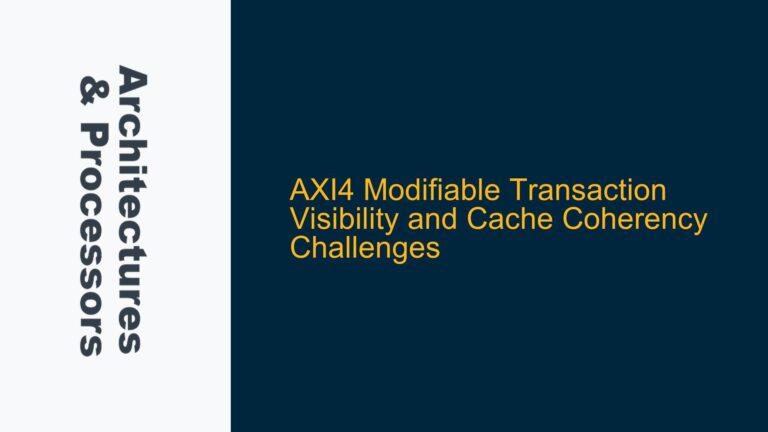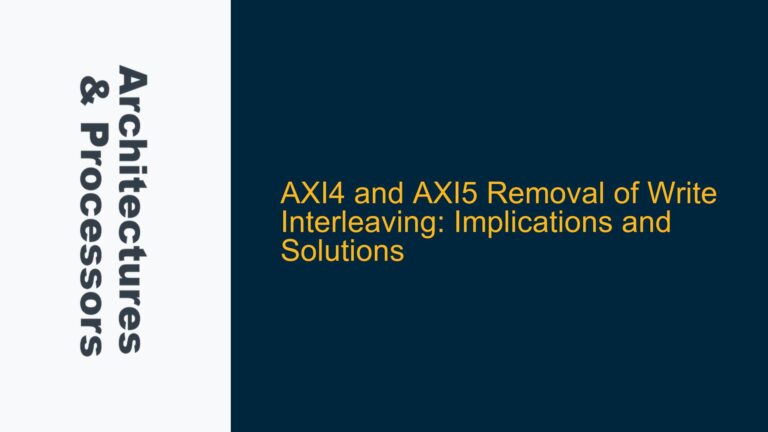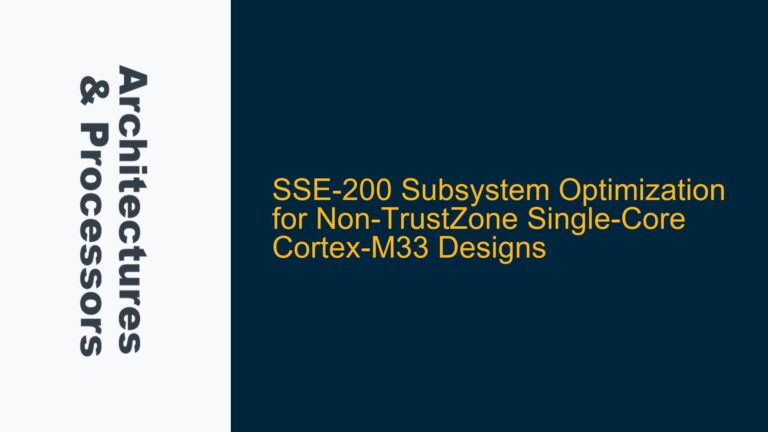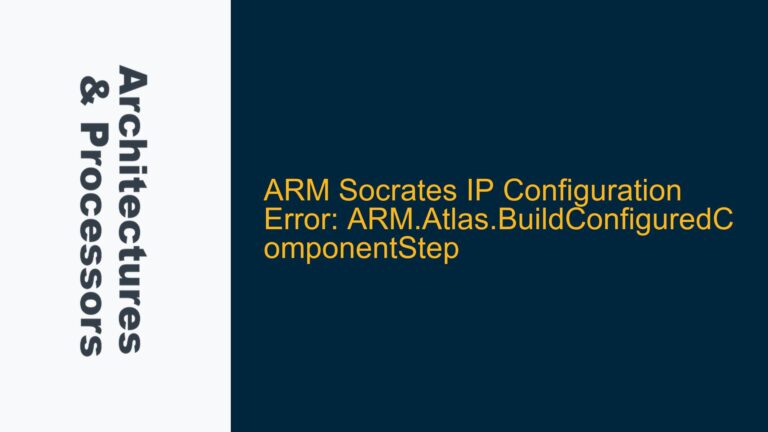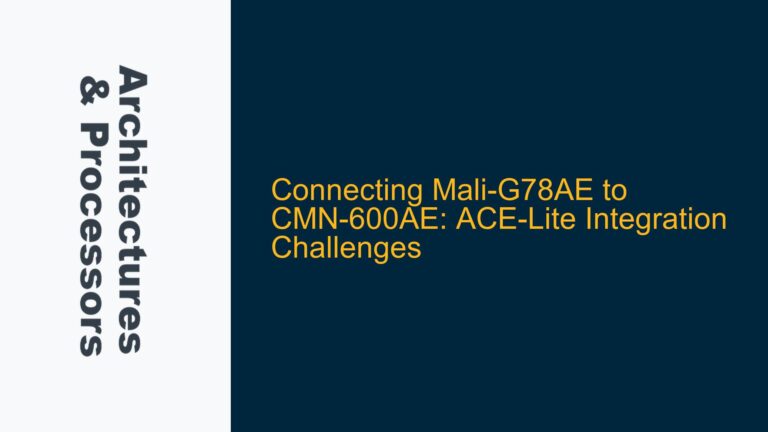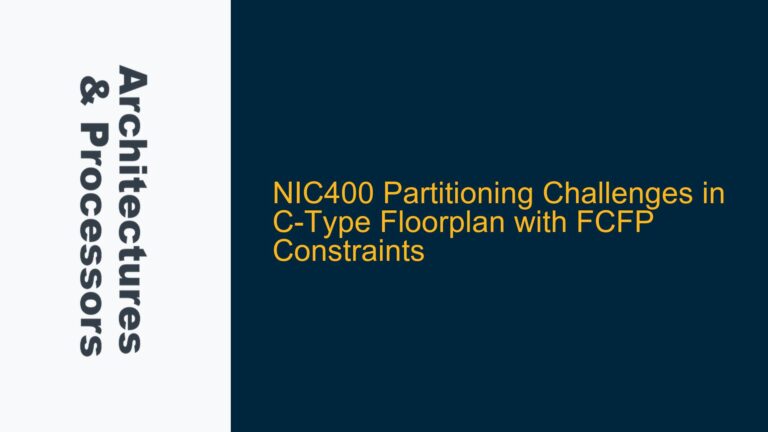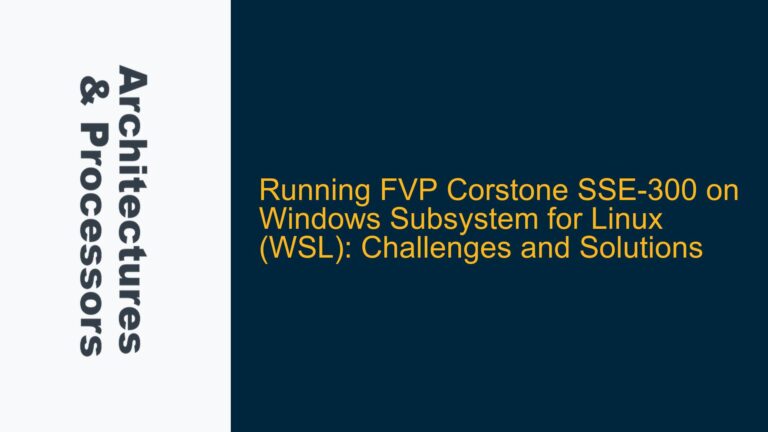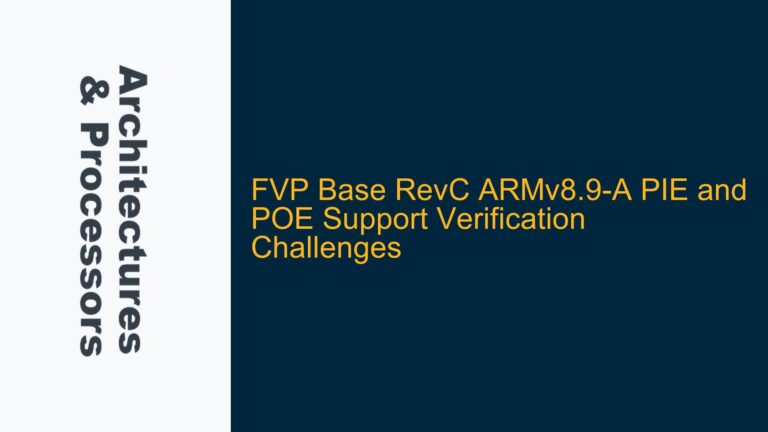PPROT[2
ARM APB Protocol PPROT[2] and Its Role in Data vs. Instruction Access The ARM Advanced Peripheral Bus (APB) protocol is a low-cost, low-power interface designed for peripheral communication in System-on-Chip (SoC) designs. Among its features, the PPROT signal, specifically PPROT[2], plays a role in distinguishing between data and instruction accesses. While this bit is part…

